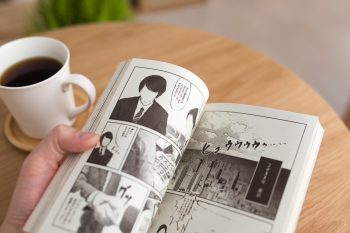STUDY
It happens to so many. You get started learning a language and those first few months feel like a rocket taking off. The jump from zero to anything feels like pure success—where once Japanese looked like a mysterious jumble of signs and pictograms, you start to make sense of it.
Kumar Sivasubramanian is an Indian-born Canadian who has been working as a professional manga translator for 17 years. Translating from Japanese to English, his prolific output includes
Kanji are Chinese characters that were first introduced into Japan in the 5th century. There are 2,136 official jōyō kanji (regular use characters) which you will need to study if you want to be able to read Japanese.
Having readied yourself mentally and emotionally for getting started on self-learning, it’s time to get to the actual learning part of your journey. Here we’ll take a look at real, useful things you can to get started.
The Japanese writing system is a complex system of interconnected parts. There are two phonetic syllabaries called kana which are used to represent syllable sounds, and there are Chinese characters used to represent meaning which in Japanese are called kanji.
If you ever live in Japan, sooner or later you are going to encounter the kanji character 和. Pronounced “wa” it is frequently used as a prefix in kanji compounds to mean “Japanese” or “Japanese style”. Here are some examples:
The Japanese Language Proficiency Test is the number one benchmark for showing Japanese skill in Japan. Many employers require at least the N2, and others the N1, to even consider hiring non-Japanese natives. However, it’s good to know the ins and outs of this test, and keep an eye out for alternatives
In another article, we went over goal setting and putting together a plan.
This time, we should look at all the various learning materials you can use, and maybe choosing some that will work for you. This is where it gets really dizzying.
You pick up your hand luggage, get off the plane and prepare to try out some of the elementary Japanese that you studied back home. Ever since deciding that Japan was where you wanted to go, you’ve been learning Japanese.











